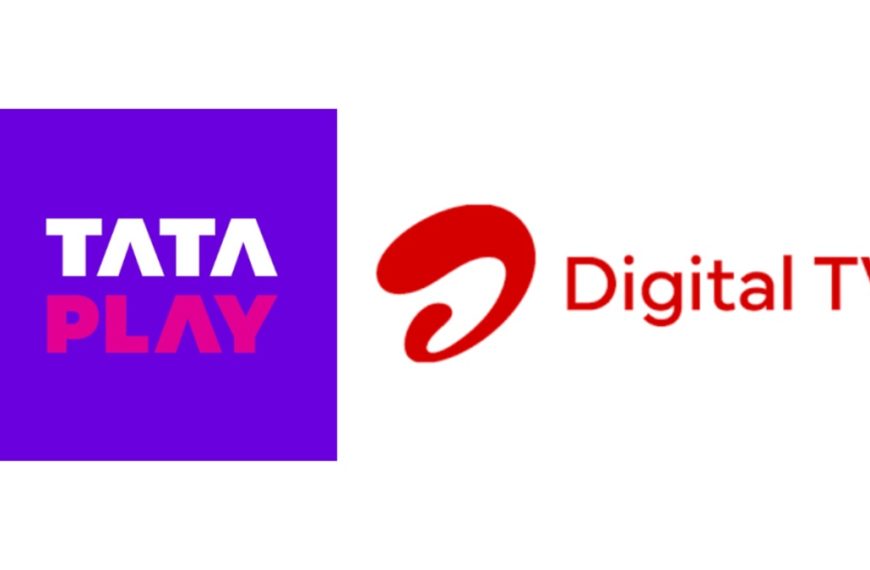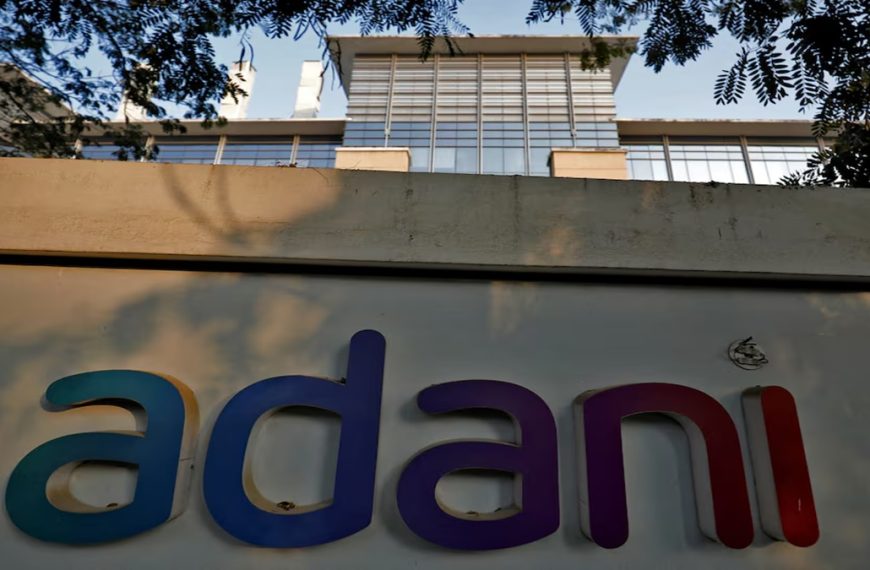The ongoing advertising conflict between Hindustan Unilever (HUL) and Honasa Consumer, the parent company of popular brands like The Derma Co. and Mamaearth, has spotlighted significant regulatory challenges concerning sunscreens. The sunscreen market in India, valued at an impressive ₹2,500 crore, is experiencing rapid growth of 30-40% annually. This situation raises important questions about the adequacy of current regulations in safeguarding consumers.
The Need for Stricter SPF Standards
Although the legal dispute between these two giants was resolved last month, stakeholders within the Indian Beauty and Hygiene Association (IBHA) are now advocating for more stringent regulations regarding sun protection factor (SPF) testing. SPF indicates how effectively a sunscreen can shield the skin from damaging ultraviolet (UV) rays, which can lead to sunburn and increase the risk of skin cancer.
- SPF is essential for consumer safety.
- Current regulations primarily focus on composition rather than performance.
- Experts suggest a shift towards performance-based standards is necessary.
Regulatory Landscape for Sunscreens
Currently, beauty and personal care products, including sunscreens classified as cosmetics, fall under the Drugs & Cosmetics Act of 1940. This framework is governed by state licensing authorities and includes a system of inspections. Notably, the Bureau of Indian Standards (BIS) 4707 Part 4 delineates approved filters, concentration limits, and labeling regulations.
Experts argue that the industry requires a distinct regulatory framework for beauty and personal care products, akin to the Food Safety and Standards Act of 2006, which shifted food regulation from merely preventing adulteration to emphasizing safety and efficacy.
Current Challenges in SPF Testing
An industry insider noted, “Indian cosmetic regulations lack specific guidelines for sunscreens and do not establish standardized testing methods to substantiate SPF claims.” Consequently, companies employ various testing methodologies—local or international, in-vivo or in-vitro, and even mathematical models—leading to inconsistencies in SPF claims.
- Lack of standardized testing hampers consumer decision-making.
- Unregulated claims can cause lasting skin damage, especially during extreme summer heat.
Industry Divide on SPF Compliance
The beauty and personal care sector is somewhat polarized on the issue of SPF standards. Smaller manufacturers express concerns that heightened compliance requirements could jeopardize their operations. In contrast, larger firms advocate for uniform testing protocols to eliminate misinformation and deceptive claims regarding SPF.
As the market evolves, the presence of direct-to-consumer (D2C) brands like Minimalist, Pilgrim, Foxtale, and Clensta has intensified competition against established players such as Lakme, Ponds, L’Oréal, and Nivea.
This dynamic landscape underscores the urgent need for a regulatory overhaul that can balance innovation with consumer safety. By adopting science-based standards, the industry can ensure that consumers receive reliable information, enabling them to make informed choices regarding their skincare products.
In conclusion, as the sunscreen market continues to flourish, it is imperative to address regulatory gaps to protect consumers effectively. The call for improved SPF testing standards signals a significant shift towards accountability and transparency within India’s beauty and personal care landscape.











